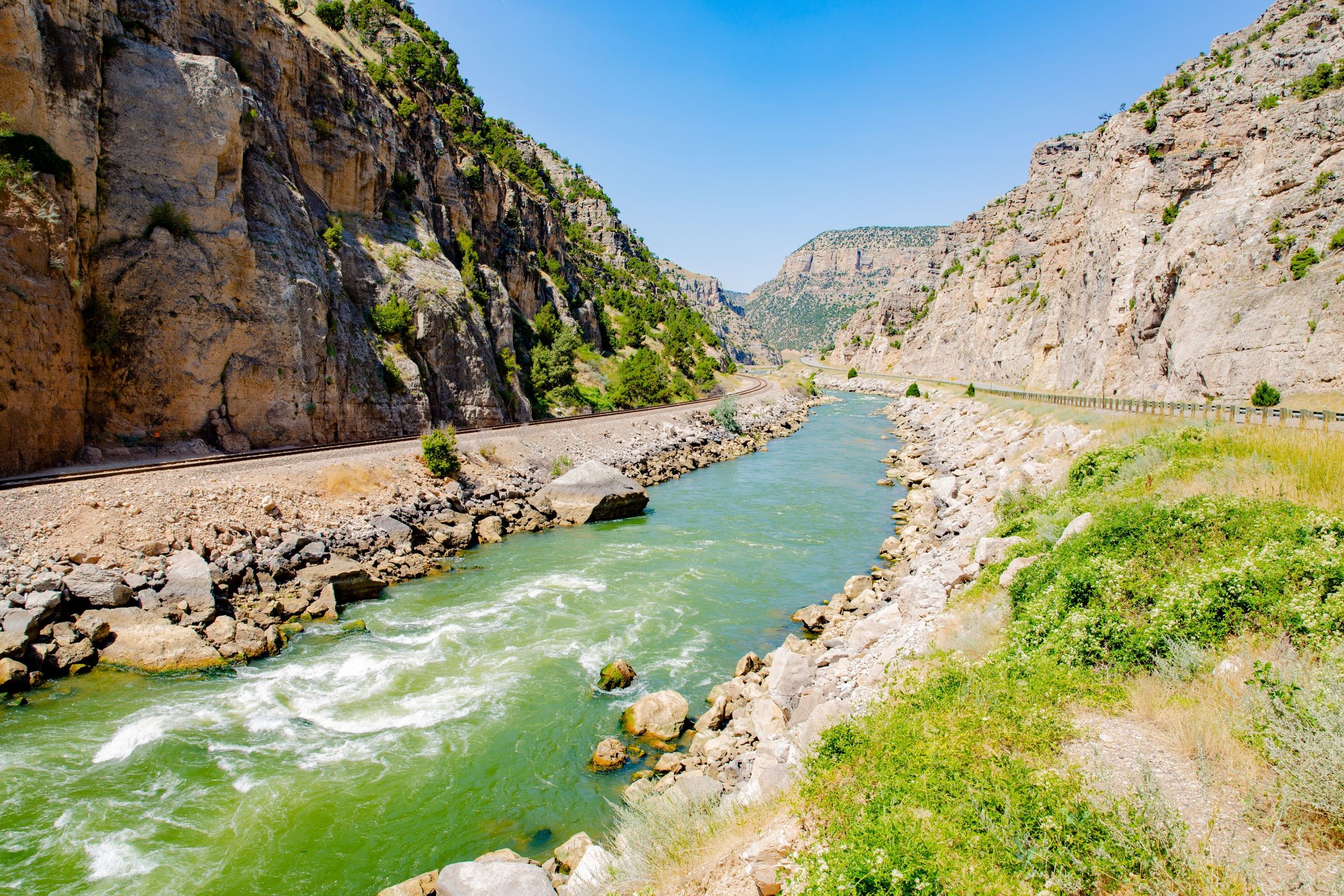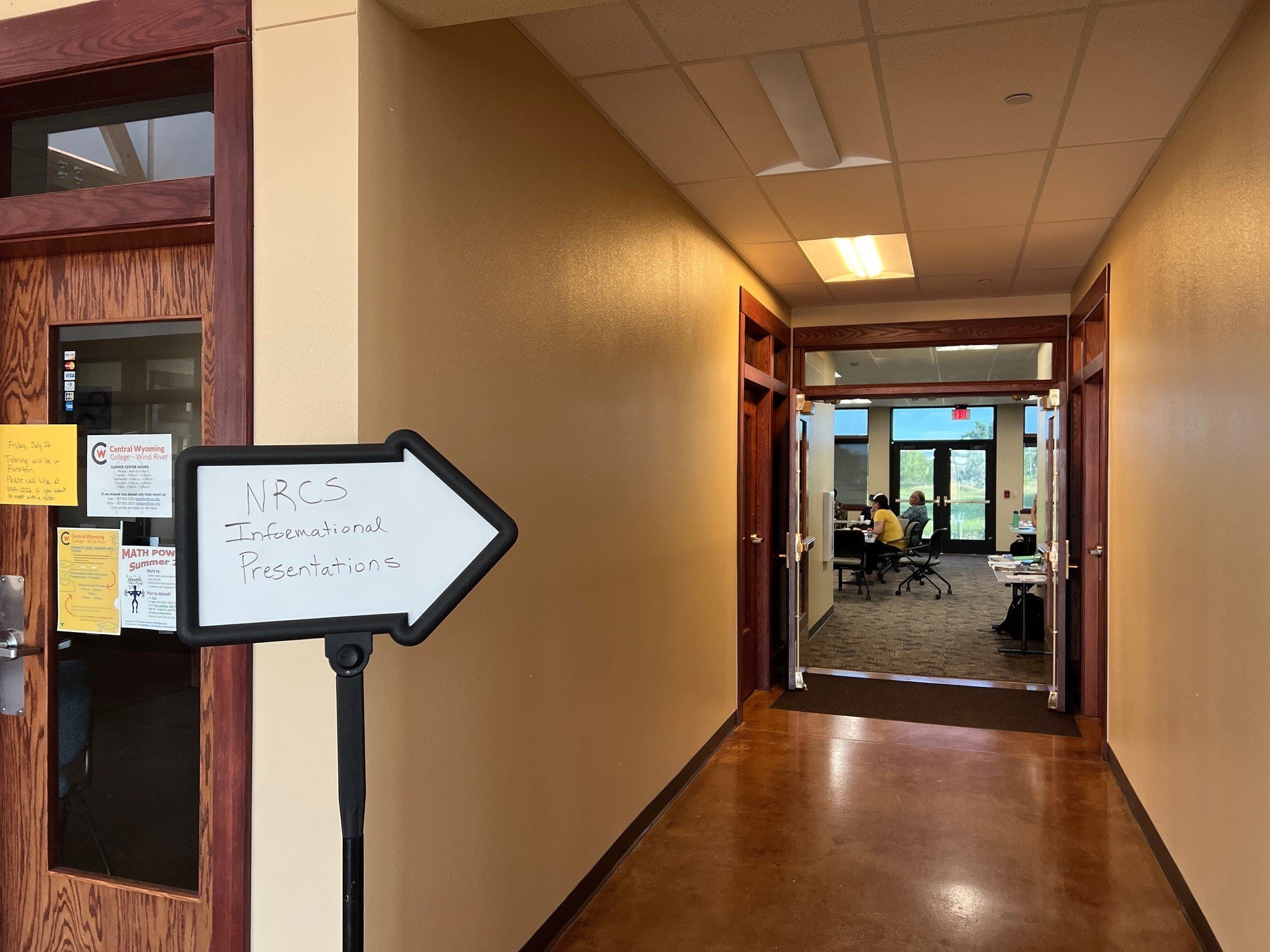
Revitalizing the Big Wind River
From its headwaters high in the snowcapped mountains of Wyoming’s Wind River Range, the Wind River – known locally as “the Big Wind” – flows southeast, away from the high line of the Continental Divide, before it crosses the western boundary of the reservation that also carries its name.
Once within the Wind River Indian Reservation, the Big Wind meanders through an expansive landscape of sagebrush steppe ringed by snowy peaks. Here, its waters sustain many of the iconic species the Greater Yellowstone Ecosystem is known for: elk, pronghorn, sage grouse, golden eagles, and many more.
Vitally, the Big Wind is also central to the economic, cultural, and spiritual well-being of the people of the Wind River Indian Reservation. For the Eastern Shoshone and Northern Arapaho Tribes that call the reservation home, the river gives energy, brings healing, and sustains a way of life.
Systemic injustices have degraded the river, too. Over the past century, the Tribes of the Wind River Indian Reservation have been subjected to a litany of federal policies designed to oppress Indigenous People and limit their access to land and water. Today, much of the Big Wind’s waters are diverted away from the Tribes at Diversion Dam, a Bureau of Reclamation dam built in the early 1920s in order to provide non-Tribal irrigators with access to water at the expense of the Indigenous community. Not only does Diversion Dam represent a profound and continuing injustice to the Tribes, but an ecological catastrophe as well; there are times when the Big Wind below Diversion Dam is completely dewatered, leaving no flow for the Tribes, let alone for the fish, wildlife, and riparian habitats downstream.
Locals call the stretch of river below Diversion Dam “the dying stream.”
Without the river and its healthy riparian habitats, wildlife suffer, water quality is degraded, and Indigenous people are prevented from exercising their food sovereignty, sustaining their own agricultural practices, and conducting their ceremonies.
Today, the Greater Yellowstone Coalition is working to restore the ecological and cultural integrity of the Big Wind. Our vision is of a clean, free-flowing river that supports and sustains the well-being of the people, communities, and wildlife of the Wind River Indian Reservation. Our Tribal Program, which includes staff based in our Indigenous-led Wind River Indian Reservation office in Fort Washakie, is working alongside Tribal leadership and our partners in the Water and Buffalo Alliance to develop and implement programs and projects to help restore segments of the Big Wind River and its ecologically, economically, and culturally vital riparian habitats.
This work includes advocating for the removal of Diversion Dam and the restoration of Tribal water rights, as well as on-the-ground restoration projects that incorporate both the western sciences and Traditional Ecological Knowledge. Our first restoration project is slated for Crow Creek, which is an important tributary of the Big Wind River. With this project comes opportunities for large-scale buffalo conservation, improved climate resilience, and Indigenous food sovereignty.
By working to restore the Big Wind River and doing so in a way that prioritizes Tribal rights and interests, we can honor Tribal sovereignty, restore floodplains and fisheries, improve climate resilience, protect iconic wildlife, and bring back healthy riparian habitats.



